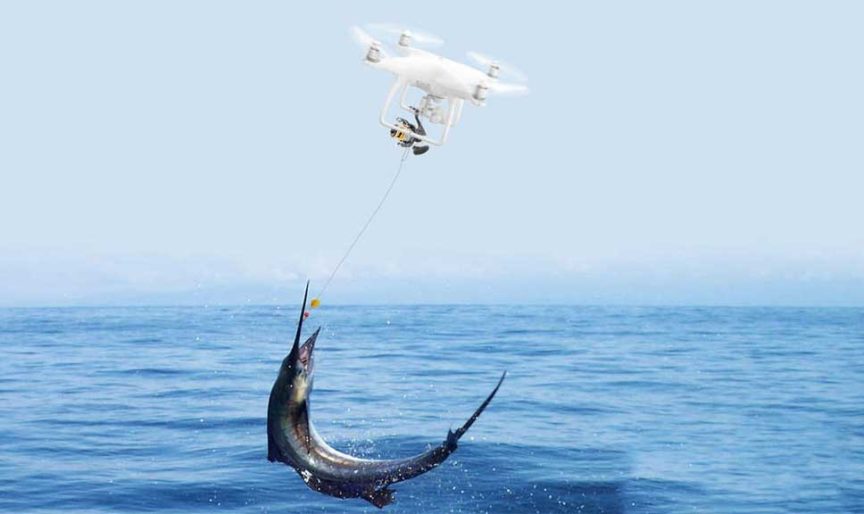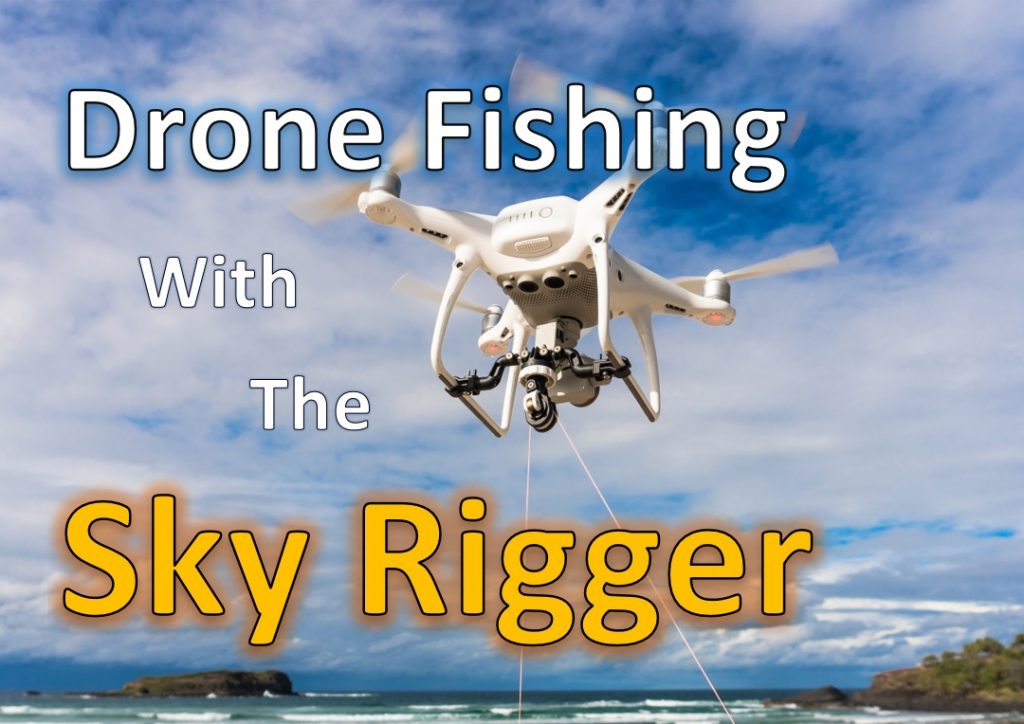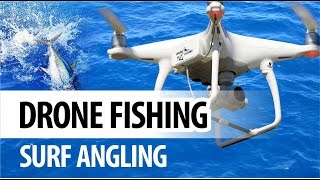
New Zealand has an exciting new method of fishing, drone fishing. This new method uses the most recent drone technology, opening up new possibilities for fishing. Drone Fishing NZ, a top retailer, offers the DJI and Splash drones for purchase. You can also find Splash drones and GoFish cameras, as well as custom-built fishing rigs.
Aerokontiki Drones
Sharkan makes the Fishhawk fishing drone, which captures a clearer picture of what you're doing. The stabilized camera captures 12 megapixel photos and 4k UHD Videos at 30 frames per Second. The videos can also be viewed from your smartphone. The drone offers a range of good transmission and flight time, as well as a spare batteries that can be charged.
Mobula
Mobula drones have been specifically designed for fishing. It is buoyant and IP56-rated. This means that it can withstand wind speeds up to 20 knots. It also includes safety features such an automatic return home, automatic release of payload, and three release methods. Your drone will automatically return back to the water when its battery goes flat. This means you won't have any worries about it getting lost.
Banks'
The popularity of fishing drones has increased, drawing the attention of anglers as much as those who are interested in it. But, drones can have their own problems. In the first instance, a drone is not suitable for fishing in water that is too deep. If a drone crashes in the exact same place again, it can pose a problem. If this happens, the video information is not always reliable.

SplashDrone 4
Swellpro's SplashDrone 4 drone is waterproof and comes with a new float platform. It's built for fishing parties and all types of water activities, and the drone is made of corrosion-resistant materials and industrial-grade ABS to withstand even the toughest conditions. Smooth+ Flight Control System - The SplashDrone 4 gives you full control over your drone. This allows you to maintain stability in any situation. The advanced technology of the SplashDrone 4 allows it to capture every angle from the sky and every moment.
Drone for Fisherman
New Zealand Fisherman Drone Fishermans are in for an amazing treat. For drone fishing enthusiasts, snappers are highly prized. They're also a treat to catch, as they're not only beautiful to look at, but also delicious! These fish are often found near the North and South island coasts. They often congregate during the springtime when they spawn. These fish can be caught in the summer, but they are also plentiful in the fall.
Flying a drone
To ensure your drone fishing trip in New Zealand is a success, you need to follow these guidelines. First and foremost, you should know the law. It is illegal to fly a drone within 500m of any marine life. Your drone will be confiscated or damaged if you are not aware of the surroundings.
Payload for a drone
You can get a drone for fishing, but what you must be aware of is the payload. A drone must have enough payload to carry heavy fish and be able to fly for extended periods of time. If you plan on using your drone only for a few minutes, chances are you won't catch enough fish to make it worthwhile. New Zealand's drone fishing technology has advanced.

FAQ
What kind of batteries is a drone using?
Lithium-ion batteries are the most common type of battery for drones. A typical drone uses between 3 and 6 volts.
Is it illegal for a drone to be flown?
Yes, it is illegal to fly drones in some countries like Australia, Canada and New Zealand. However, it is legal in other countries like France, Italy, Netherlands, Poland, Russia, Switzerland, Turkey, Ukraine, and Vietnam.
Which drone is best for beginners?
One of the most popular beginner drones is the DJI Phantom 2 Vision+. This model comes equipped with a 4K camera, which allows you to take high-quality aerial photos and videos. You can easily navigate this drone using its built-in GPS system.
What are the rules of operation for drones?
The FAA must register your drone. The registration process involves providing information about your drone, such as its weight, size, battery power, and frequency. This registration process requires that you obtain an FAA identification code.
Statistics
- With the top 10% making over $100/h and the bottom 10% making as low as $10/h. (dronesgator.com)
- According to industry research from ZipRecruiter , there are 10 cities where the typical salary for a Drone Pilot job is above the national average. (dronesgator.com)
- According to ZipRecruiter, the minimum hourly wage of drone pilots is $20. (thedroneu.com)
External Links
How To
How to Fly Drones with Beginners
A drone can be used to fly remotely controlled aircraft for photography, surveillance, scientific research, hobby and commercial purposes. Drone technology has existed since World War II. DJI's Phantom series of quadcopters was the first to be commercially used. Many types of drones have been made available since then, from beginner-friendly models such as the Parrot AR Drone 2.0, to high-end multi-rotor craft such as the DJI Mavic Pro.
There are several ways to fly a drone, including;
-
Remote control: This uses a remote control device that attaches to your hand and allows you control the drone along its flight path. There are two main types, On/Off switches (like radios) and joysticks.
-
Manual Control - Using a smartphone app, this method allows users to remotely operate the drone via GPS coordinates. You will need to keep track of where the drone is going and follow the directions from the app.
-
Autonomous Flying - This allows the drone to take over all of the piloting duties. The drone is able to fly autonomously, without the need for human intervention. To enable autonomous flight, the drone should have a built in camera and sensors capable recording images and data.
-
Triggered Flight - This method is similar to manual control, except the pilot manually sets up a preprogrammed route, and the drone follows that route until it reaches the endpoint. The drone automatically lands once the route has been completed and returns to the base.
-
Landing Gear – A few drones come with landing gear. This allows them land safely in the event of losing power or running out of battery.
-
Goggles-Some pilots use goggles to protect their eyes from debris during operations.
-
Camera - Certain drones come with cameras that allow you to take photos and videos from high above.
-
Obstacles-Some drones come with obstacle avoidance devices that keep them from hitting obstructions.
-
Speed – Some drones can reach speeds in excess of 40 mph.
-
Battery Life - Most drones can last between 20 minutes to 3 hours, depending on how much power you're using.
-
Distance - Some drones can travel up 30 miles depending on the model.
-
Power source - Not all drones can use an external power source. Others can run on internal batteries.
-
Weight - Some drones weigh less than 1 pound, whereas other models weigh up to 4 pounds.
-
Size - From small drones that can be carried in the palm of one's hand to larger drones that weigh over 50 pounds, drones come in a variety of sizes.
-
Price - All drones fall within a specific price range, from high-end models that can cost thousands of dollars to lower-cost options starting at $100.